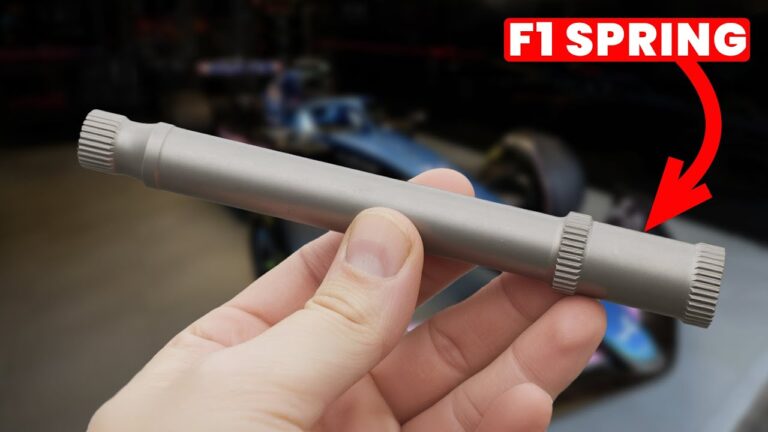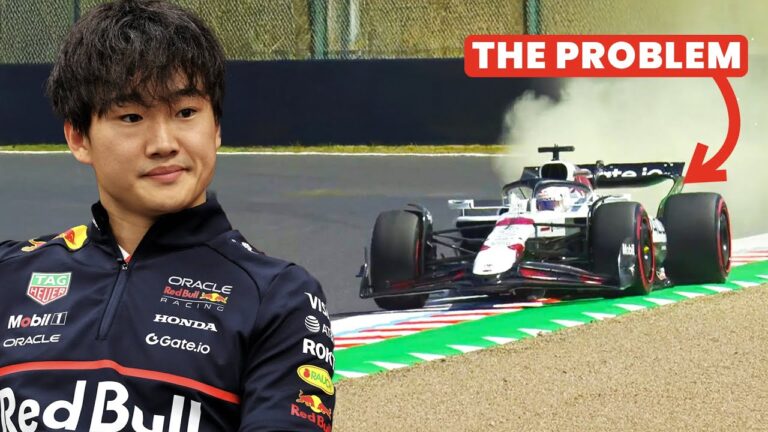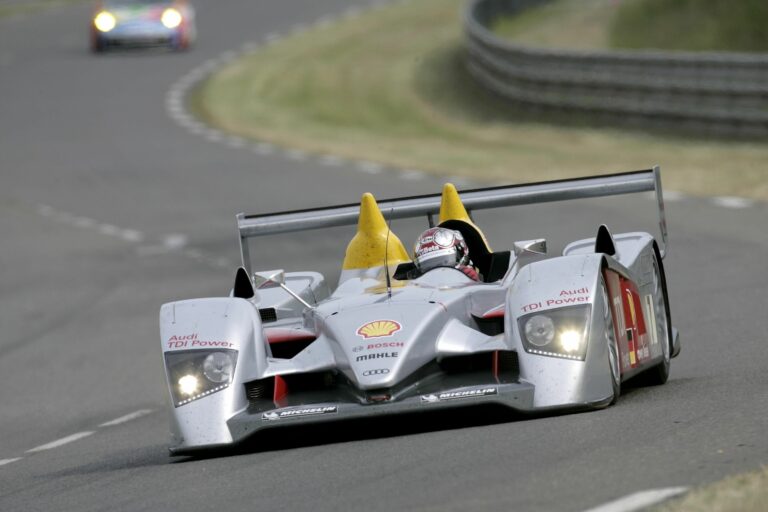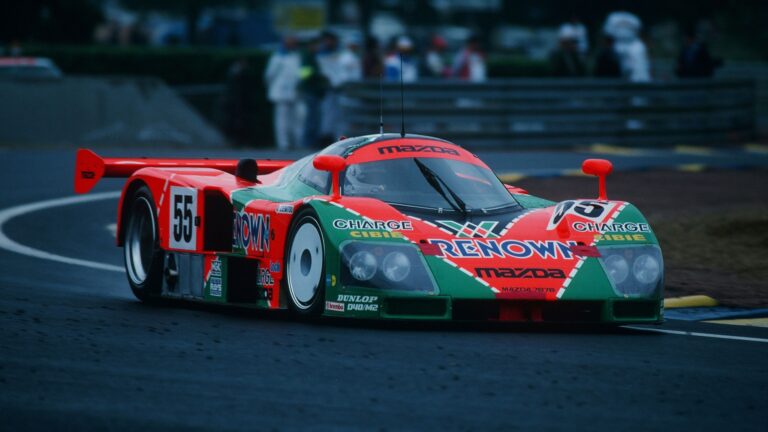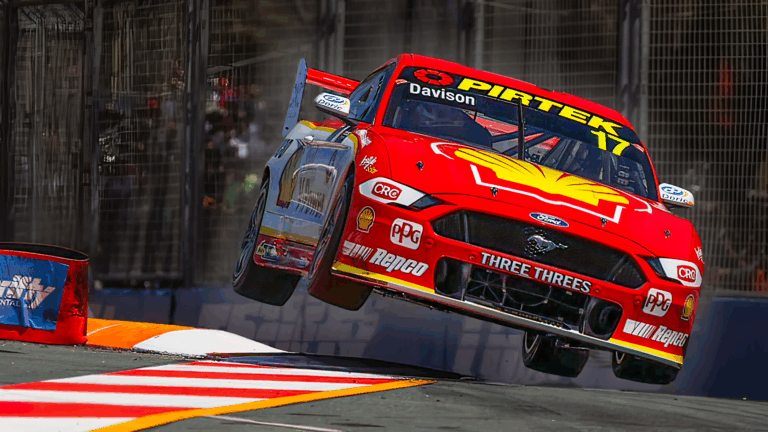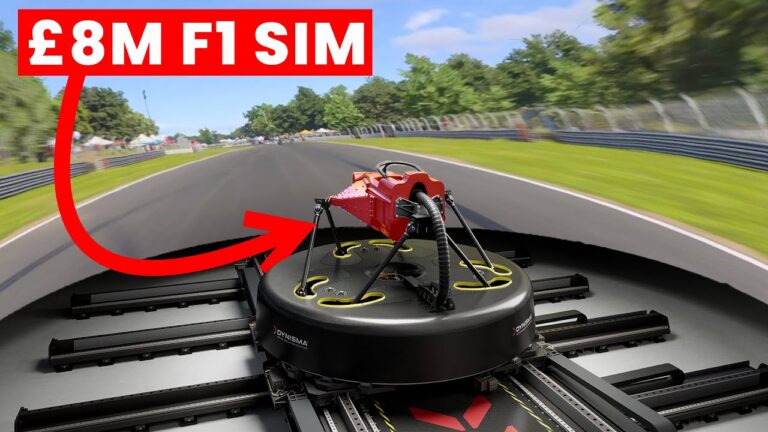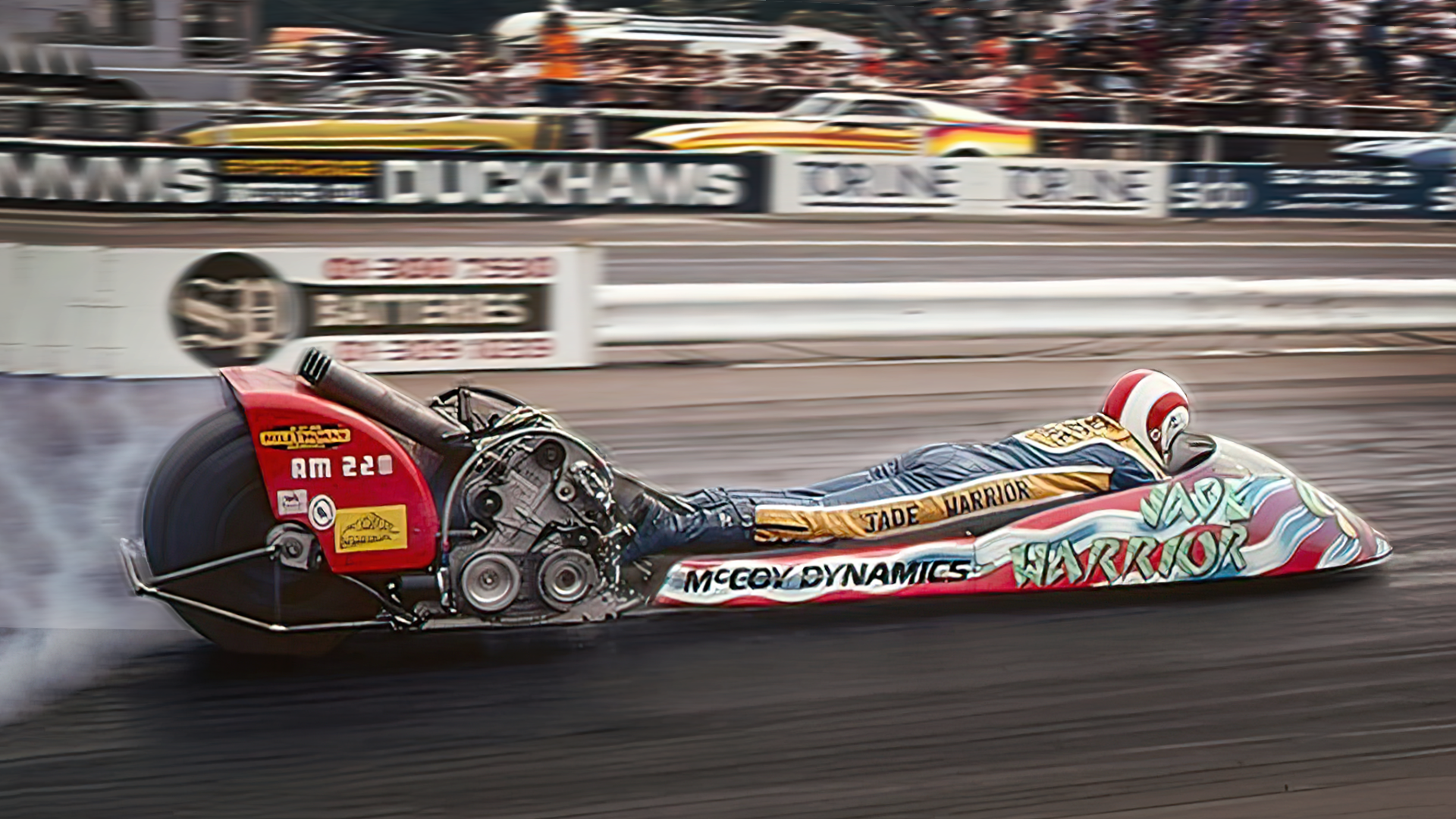
Motorsport is a playground for ingenuity, and few machines exemplify this as boldly as the Jade Warrior drag bike. Created by engineer Angus McFadzean and machinist Mike Hand, this remarkable vehicle broke conventions to become one of the most innovative drag bikes ever built. Here, we delve into its design, engineering marvels, and the legacy it left in the world of motorsport.
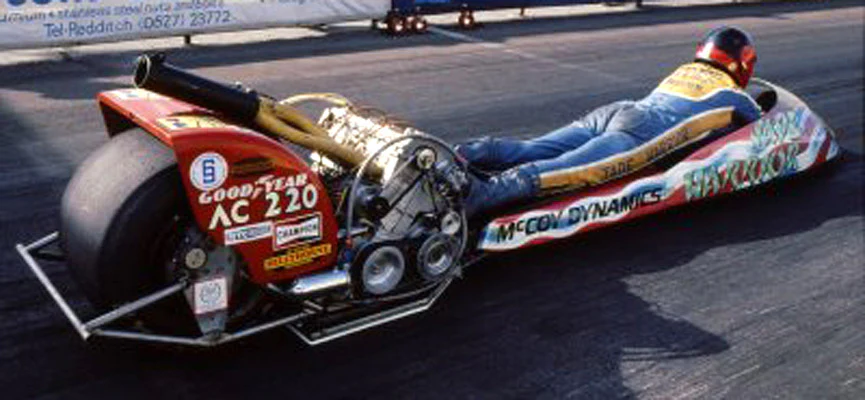
Breaking the Rules of Drag Bike Design
By the 1970s, drag bike engineering had a clear formula: elongate the chassis to counteract wheelies, widen the tires for grip, and cram in as much power as possible, often through dual engines. The Jade Warrior ignored these conventions entirely.
Angus McFadzean, an aerospace engineer turned plumber, was no stranger to innovation. Drawing on experience with advanced materials and lightweight design, he approached drag racing with a mindset shaped by his time at aircraft manufacturer de Havilland. Collaborating with Mike Hand, McFadzean designed a bike that was radically different: a low-profile machine with an aerodynamically efficient fiberglass body.
The core idea was revolutionary. Instead of focusing solely on raw power, the Jade Warrior minimised drag by halving the bike’s frontal area. This approach meant it could punch a much smaller hole through the air than its competitors, giving it a critical edge in the second half of a run when aerodynamics play a larger role.

The Engineering Behind the Jade Warrior
The engine choice was a testament to McFadzean’s ingenuity. The team repurposed a damaged Cosworth DFV Formula 1 engine, cutting it down to a two-litre, four-cylinder configuration. This decision delivered a lightweight yet powerful unit, capable of producing 450 horsepower—modest by drag racing standards but extraordinary when paired with the bike’s weight and aerodynamic efficiency.
Power delivery came via a torque converter, borrowed from road car technology. While this system reduced weight and complexity, it introduced launch challenges. Unlike traditional clutches, the torque converter required the bike to be held on the brake before release, limiting the ability to launch at high RPM. Despite these compromises, the Jade Warrior excelled once in motion, showcasing exceptional mid-run acceleration.

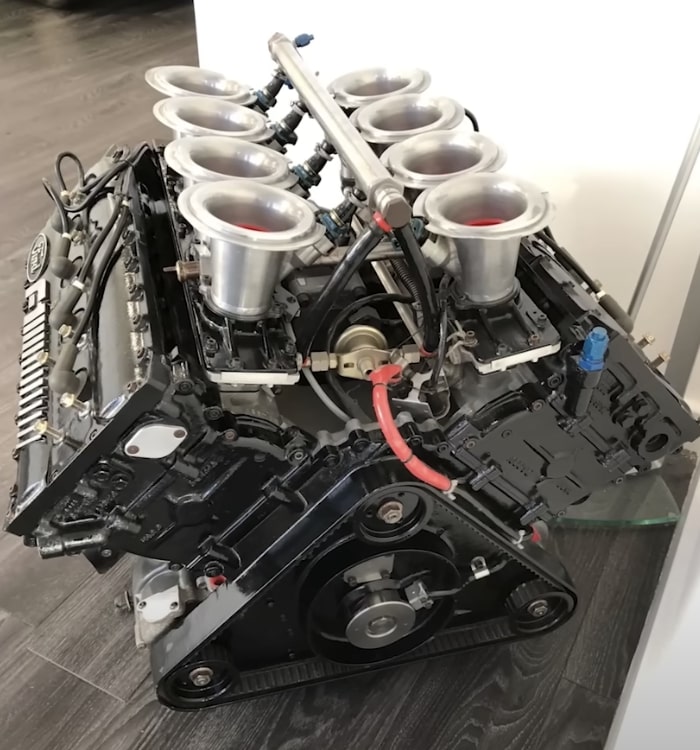
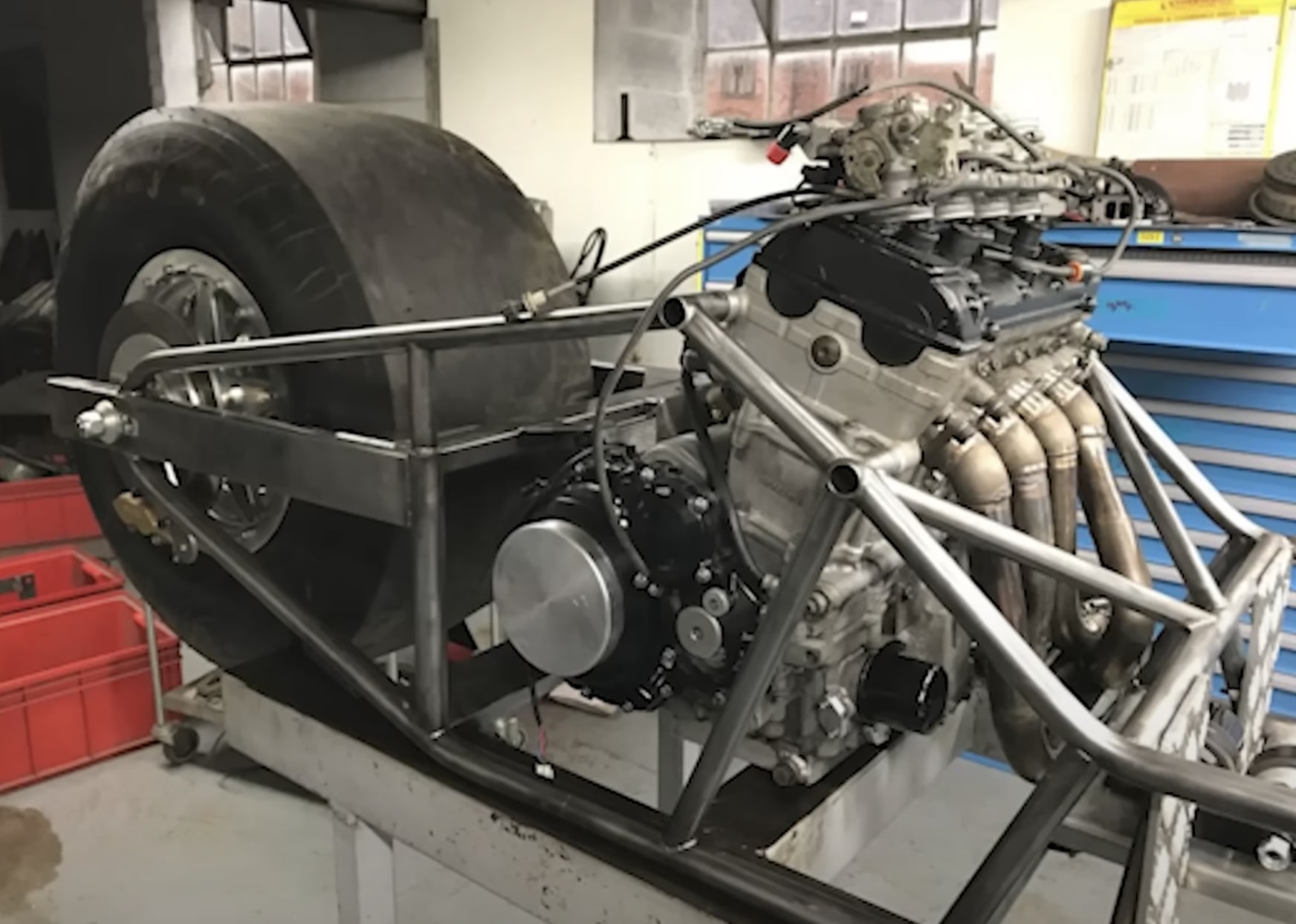
Ground Effect Innovation
One of the bike’s standout features was its pioneering use of ground effect. Initial attempts to generate downforce relied on exhaust gases, but results were limited. The breakthrough came with a venturi-based system that created a vacuum under the bike using exhaust flow. A slim box lined with nylon dragged along the track, generating nearly a ton of downforce throughout the run. This innovation kept the bike stable at high speeds, even as it reached 200 mph.
However, the ground effect system had its quirks. During burnouts, the system needed to be temporarily disengaged using bungee cords or adjustable vents. Despite these minor inconveniences, the technology underscored McFadzean’s commitment to pushing engineering boundaries.
Why Was It Never Replicated?
Despite its success, the Jade Warrior remained a one-of-a-kind machine. The bike’s unique design required an extraordinary level of expertise and ingenuity, making replication challenging. Furthermore, drag bikes evolved to produce significantly more power than the Jade Warrior could accommodate. McFadzean himself noted that the chassis flexed under the bike’s 450 horsepower, leaving little room for further development.
Financial constraints also played a role. Drag racing is an expensive pursuit, and without sponsorship, McFadzean eventually shifted his focus to family life. The Jade Warrior’s story, therefore, is as much about human passion as it is about engineering excellence.
A Legacy of Innovation
The Jade Warrior stands as a testament to the power of creative thinking in motorsport. Angus McFadzean and Mike Hand challenged conventions and delivered a bike that rewrote the rules of drag racing. Although it never became a blueprint for future designs, its influence on the possibilities of engineering innovation remains profound.
Angus McFadzean passed away in 2020, leaving behind a legacy of pioneering work that continues to inspire. Among his achievements, the Jade Warrior shines as a reminder of what’s possible when engineering meets imagination.




